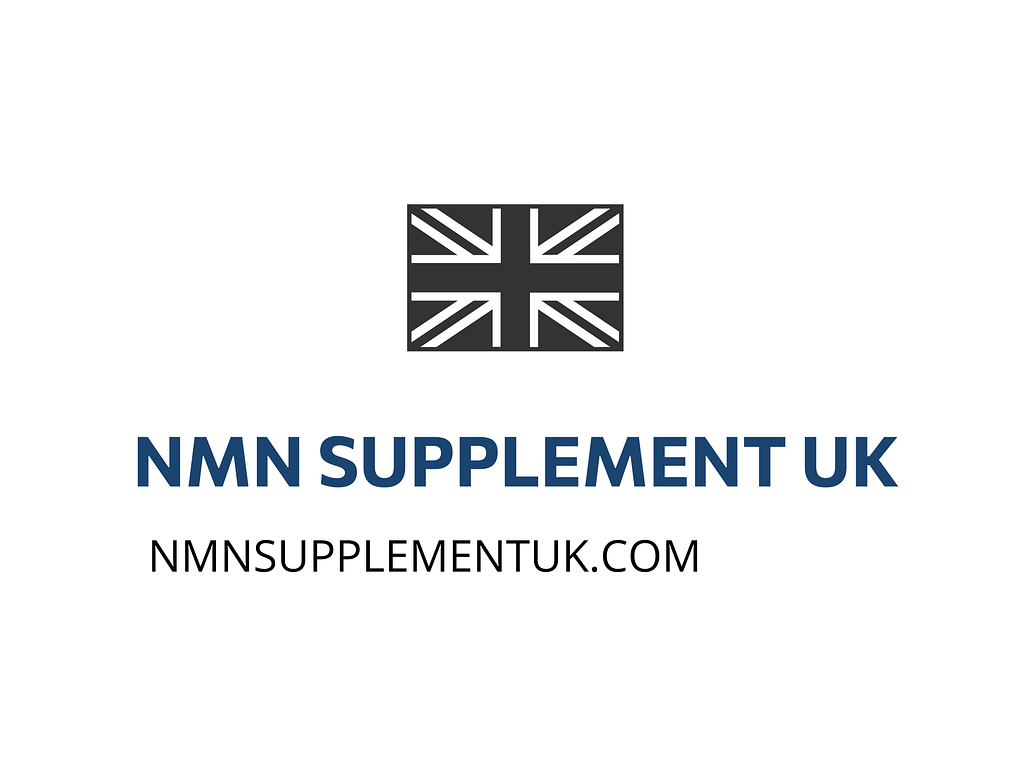The Historical Development of NAD+ Boosters: Unveiling the Timeline
The Historical Development of NAD+ Boosters: Unveiling the Timeline
The quest for eternal youth has driven human innovation for centuries, with scientists continually seeking ways to slow down or reverse the aging process. One area of research that has garnered significant attention in recent years is the role of Nicotinamide adenine dinucleotide (NAD+) in aging. As our understanding of NAD+ metabolism and its connection to aging has evolved, so too have the methods aimed at boosting its levels within the body. My analysis of, we’ll delve into the historical development of NAD+ boosters, tracing their evolution over time.
Origins and Early Discoveries
NAD+ was first discovered in the early 20th century, but its significance in cellular metabolism wasn’t fully appreciated until much later. The initial breakthroughs in understanding NAD+ metabolism laid the groundwork for subsequent research into its role in aging. For instance, studies have shown that NAD+ levels decline with age, which has sparked interest in finding ways to replenish or boost these levels. To learn more about the current state of NAD+ research and its potential applications, consider reading our Proven Guide to NMN supplements: 11 Proven Benefits in 2025.
Evolution of NAD+ Boosters
Over the years, various compounds have been identified as potential NAD+ boosters. These include nicotinamide riboside (NR) and nicotinamide mononucleotide (NMN), both of which have been extensively studied for their ability to increase NAD+ levels. The development of these boosters marks a significant milestone in the history of anti-aging research. For those looking to understand the nuances of NMN supplementation, our Significant Guide to NMN supplements: 11 Proven Benefits in 2025 provides in-depth insights.
Timeline of Major Developments
A closer look at the timeline of major developments in NAD+ booster research reveals a story of gradual progression from basic science to applied therapeutics. Key milestones include the discovery of NR and NMN as NAD+ precursors, followed by preclinical and clinical trials assessing their efficacy and safety. This journey is intricately linked with advancements in our understanding of NAD+ metabolism and aging, highlighting the complex interplay between metabolic pathways and aging processes.
Comparative Analysis of Anti-Aging Strategies
Beyond NAD+ boosters, the landscape of anti-aging strategies encompasses a broad range of approaches, from dietary interventions to pharmacological treatments. Each strategy has its unique set of advantages and disadvantages. For example, caloric restriction has been shown to promote longevity in certain models, but its applicability and sustainability in humans are limited. On the other hand, NAD+ boosters offer a promising avenue due to their potential to directly address the decline in NAD+ levels associated with aging. Readers interested in exploring the diverse world of anti-aging strategies may find our Essential Guide to NMN supplements: 8 Proven Benefits in 2025 and Proven Guide to NMN supplements: 7 Proven Benefits in 2025 useful in navigating the complexities of NMN supplementation.
Future Directions and Emerging Trends
As research continues to unravel the mysteries of NAD+ metabolism and its implications for aging, new avenues for intervention are being explored. The development of novel NAD+ boosters, combination therapies, and personalized anti-aging regimens represents the next frontier in this field. Also, advances in fields like genomics and epigenetics are expected to further elucidate the mechanisms underlying aging, potentially leading to more targeted and effective therapeutic strategies. For a deeper dive into the cutting-edge applications of NMN, our Advanced Guide to NMN supplements: 11 Proven Benefits in 2025 offers comprehensive insights into the latest trends and discoveries.
Conclusion: Tracing the Evolution of NAD+ Boosters
Finally, the historical development of NAD+ boosters reflects a narrative of scientific curiosity, perseverance, and innovation. From the earliest discoveries of NAD+ to the current array of anti-aging strategies, our understanding of NAD+ metabolism has significantly evolved. As we move forward, the integration of basic science with translational research holds the key to unlocking the full potential of NAD+ boosters in promoting healthy aging and mitigating age-related diseases.







